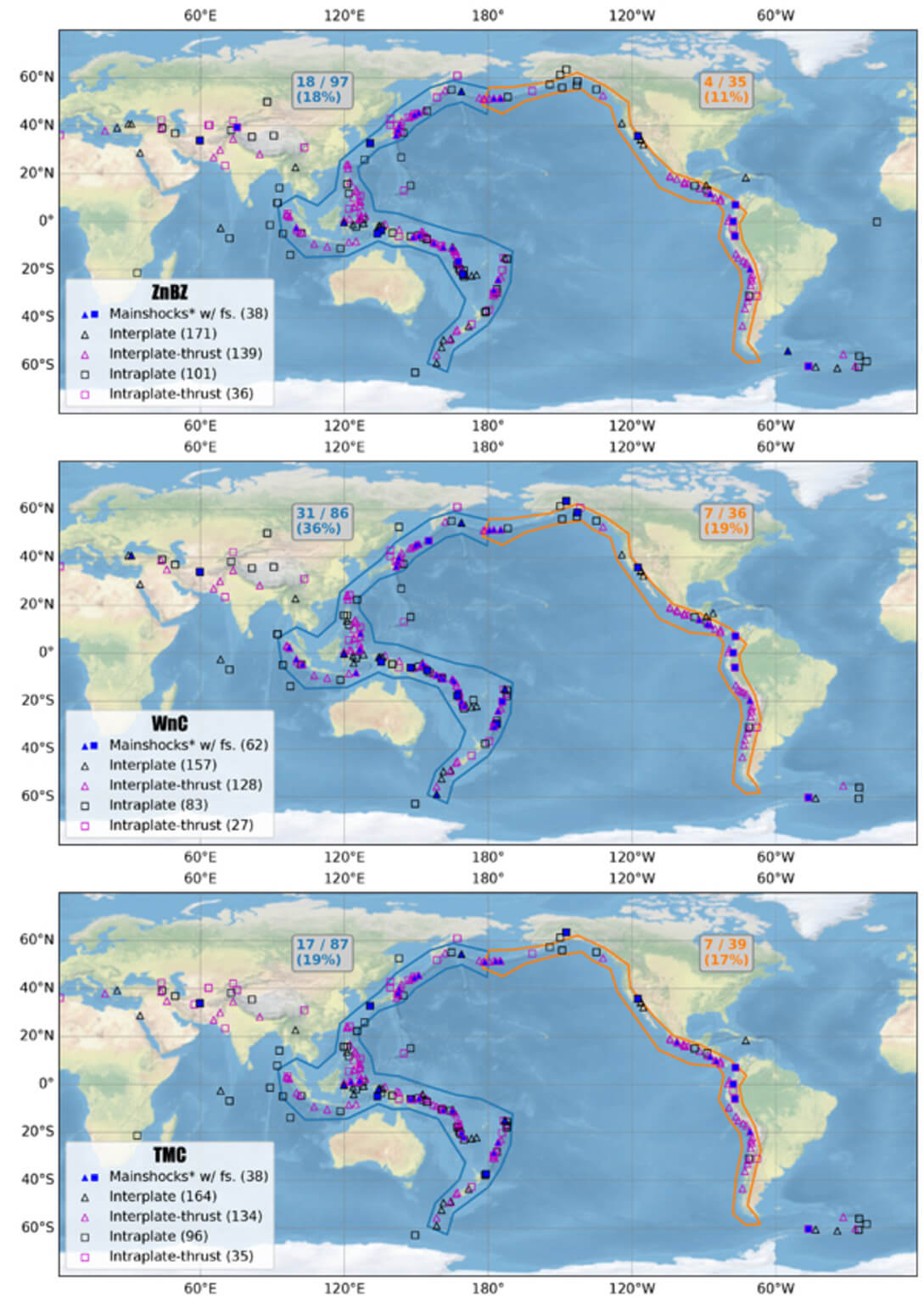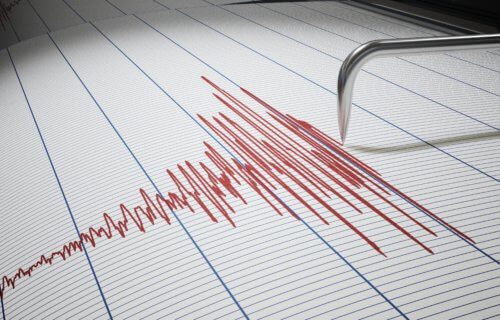ALBANY, Calif. — Seismologists have long sought to uncover early warning signs that could help predict major earthquakes. Among these signals, foreshocks have emerged as a key area of focus. Foreshocks are precursory seismic events that precede a mainshock earthquake. Nadav Wetzler and his team from the Geological Survey of Israel have delved into the distinct characteristics of foreshock sequences to determine their potential in forecasting major quakes.
In their work, the researchers examined data from over 400 mainshock earthquakes with magnitudes of 7 or higher. By utilizing three clustering algorithms, they differentiated foreshocks from background seismic activity. The study reveals that between 15% and 43% of large mainshocks had at least one foreshock. Approximately 13% to 26% of these mainshocks had foreshocks within two units of their magnitudes.
“Foreshocks are one of the few—perhaps the only—observable phenomena precursory to upcoming dominant earthquakes. However, foreshocks vary greatly in occurrence, and their basic physical relationship to the mainshock remains enigmatic,” Wetzler emphasizes in a media release.
The researchers discovered several key trends within foreshock sequences. They found that foreshocks were slightly more prevalent in mainshocks occurring along plate boundaries compared to those within a plate. Moreover, reverse faulting mainshocks, where the upper block is compressed against the lower block, exhibited a higher occurrence of foreshock sequences compared to strike-slip faults or normal faults.

The study also highlights regional differences in foreshock activity. The western circum-Pacific region, encompassing areas like Vanuatu, Solomon Islands, west Aleutians, and the Kuril Islands, exhibited a slightly higher incidence of foreshock activity compared to the eastern circum-Pacific region, including South America and Mexico. Wetzler and his colleagues speculated that this difference could be attributed to variations in the age of the subducted plate, with older, thicker plates hosting more faulted crust that can generate both foreshocks and aftershocks.
Additionally, the researchers found a correlation between the productivity of foreshocks and aftershocks. They suggest that both types of seismic sequences might be influenced by factors such as the number of available faults or a critical stress threshold required to trigger a cascade of seismic activity.
One intriguing finding of the study was the distinction between foreshocks and aftershocks based on the global composite b-value. This measure characterizes the relationship between earthquake magnitude and the frequency of earthquakes of a particular magnitude. The researchers observed that the composite b-value for foreshocks was lower compared to that of aftershocks in their global dataset. However, this relationship was less consistent when certain foreshock earthquakes within a sequence were excluded, indicating the need for further examination of this measure for individual earthquakes.
While more research is required to fully comprehend the similarities and distinctions between foreshocks and aftershocks, the study suggests that foreshocks could serve as valuable tools in forecasting major earthquakes, particularly in regions with high aftershock activity. Seismologists hope that continued exploration of foreshock characteristics will aid in the development of effective early warning systems, ultimately saving lives and mitigating the impact of devastating earthquakes.
The study is published in the journal Seismological Research Letters.
